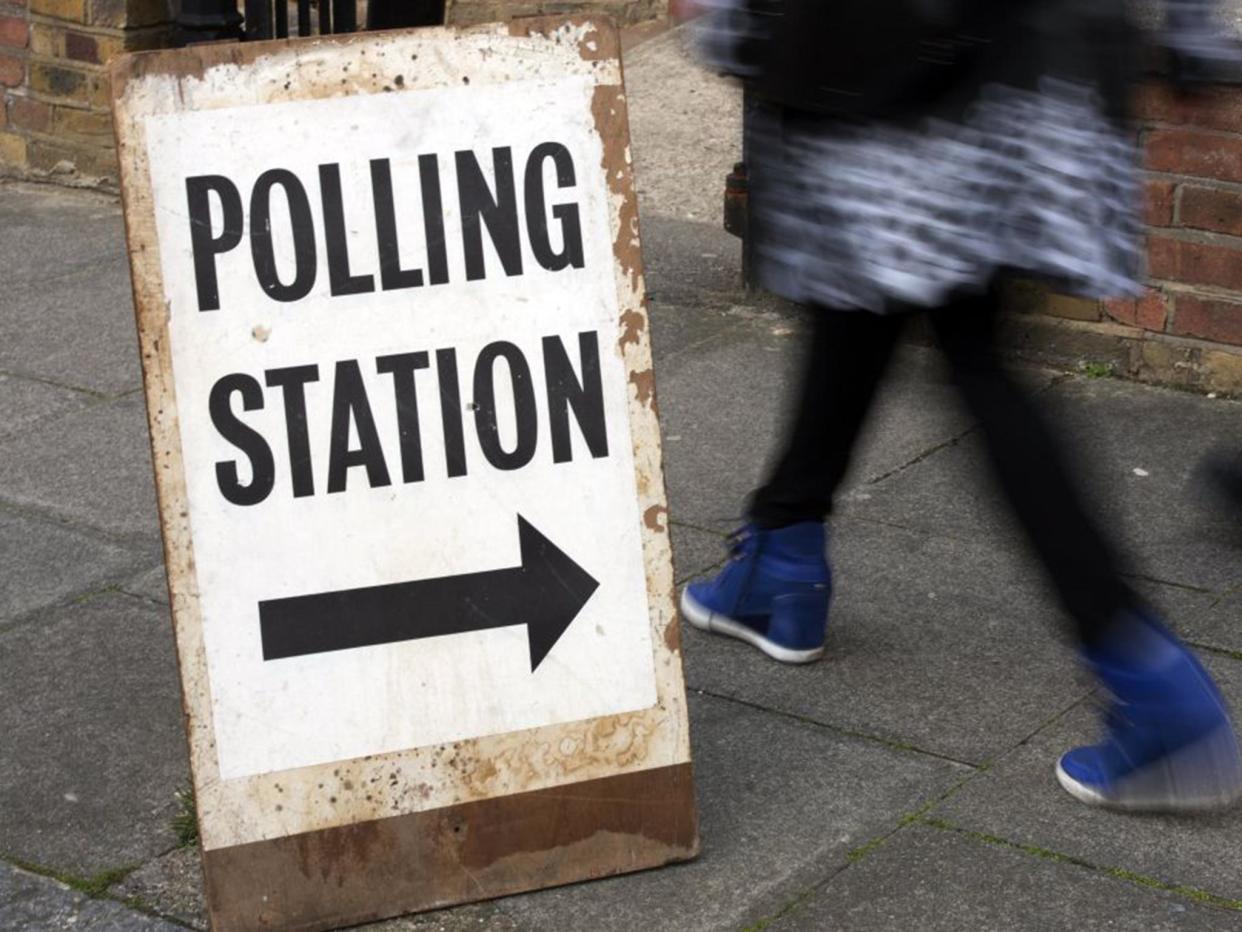General election: Male university students more likely to vote Tory than female peers

Male students are far more likely to vote Conservative than their female peers, exclusive new data can reveal, highlighting a stark gender divide in voting intentions in the run up to the general election.
Research collected by The Student Room shows the vast majority of the student body feels ignored by the current Government, with eight out of 10 claiming they do not feel represented and that not enough attention is paid to their views.
The survey of more than 1000 students eligible to vote found the majority lean towards Labour, with 41.7 per cent of students polled pledging to vote for the Opposition Party come June.
While almost half of female students said they favoured Labour (48.6 per cent), only one fifth said they planned to vote Tory, compared with more than a third (36.6 per cent) of males.
Last year some 94 per cent of the eligible student population registered to vote for the EU referendum, but more than a million were left disappointed by the result.
Similarly, the 2015 general election saw students and young people bucking the national trend by voting largely in favour of Labour (around 43 per cent), but their numbers were not enough to counteract the strong Conservative pensioner vote.
Correspondingly, the recent figures from The Student Room found more than 70 per cent of male students and 85.5 per cent of females said they did not feel "personally represented" by today's Government.
When asked who they would most likely vote for by the student community forum, one respondent commented: “Probably no one... the safe conservative seat that I live in is probably as safe as it's ever been.
"The most worthwhile use of my vote, once again, would appear to be a vote against First Past the Post by not taking part at all.
They added: “I've got an exam the next day, so I think I’ll put my time to better use than pretending like I have a say in all this.”
“None of them,” said another. “It's so frustrating to not have any party that actually represents me and that I can vote for. Maybe if there's a strong local independent candidate I might change my mind.”
Despite voiced frustrations, the majority of students responding to the online poll agreed with Theresa May’s decision to call an early election – with 72 per cent in favour,
Other findings suggested a comeback for the Liberal Democrat vote among young people, with 19.5 per cent of the male student vote and 11.5 per cent of female respondents saying they planned to vote for them.
Around five per cent said they planned to vote for the Green Party, around 1.4 per cent favoured Ukip, 1.3 per cent for the SNP and only a handful - less than 0.6 per cent - said they planned to spoil their ballot in protest.
This compares positively to the 2015 general election, when Liberal Democrats only received 5 per cent of the 18-24 vote.
Jack Wallington, Director of Community at The Student Room, commented: “Youth voter interest in June’s shock general election is high but a huge majority - eight in ten - currently feel the Government doesn’t pay attention to their views and therefore doesn’t represent them.
“For political parties hurriedly working on their manifestos, there is a window of opportunity to change this – winning the youth vote – by openly and publicly speaking to young voters right now. This will help shape manifestos to match the genuine need of young people, bucking the trend that politicians don’t care about their opinions.”

 Yahoo News
Yahoo News 
